BHEF to Partner on Strategies to Increase Student Retention in STEM Fields and Align STEM Higher Education to Workforce Needs
BHEF launches STEM Higher Education and Workforce Project
Washington, DC (November 2, 2011) — Graduating students with the knowledge and skills needed to drive innovation and fill high-tech jobs will be crucial to maintaining the nation’s security and economic leadership. The Business-Higher Education Forum (BHEF) announced a new effort today to engage companies and academic institutions in the development and implementation of successful strategies to attract and retain undergraduates in science, technology, engineering, and mathematics (STEM) fields, and link college-level STEM learning to workforce requirements.
BHEF has launched the STEM Higher Education and Workforce Project, a five-year effort that will include regional projects focused on university-industry partnerships in selected states, and a national effort to disseminate the learning from the projects and scale effective practices.
Numerous studies have pointed to shortfalls in the production of bachelor’s degrees in STEM disciplines, such as computer science, mathematics, and engineering, which are key to innovation and economic growth. At the same time, the Bureau of Labor Statistics and others have reported that many jobs in high-tech fields requiring bachelor’s degrees go unfilled. Of particular concern is that women and minority students, among the least represented in STEM professions, have the steepest drop-out rates in STEM, notably in the first two years of college.
The BHEF project will bring together corporations and universities in regional efforts to deepen STEM learning and increase the relevance of STEM education to the work of companies in those regions. In doing so, it is expected that students’ persistence in STEM fields will increase as they see the application of their studies to careers in STEM. Among the kinds of strategies the project will explore include research-based courses for first-year students; internships in corporate and government facilities; redesigned courses and new methods of teaching STEM; and early career advising, mentoring, and academic support.
“Corporations have a vested interest in seeing that students graduate from college with the knowledge and skills needed to succeed in the workforce,” said Walt Havenstein, CEO of SAIC and co-chair of the BHEF STEM Working Group leading the project. “We anticipate that the BHEF regional projects will demonstrate how companies can significantly contribute to growing the workforce needed to compete in the 21st century by providing students at the earliest stages of their academic careers with opportunities such as internships and mentoring with STEM professionals.”
Mark Wrighton, Chancellor of Washington University in St. Louis and co-chair of the BHEF STEM Working Group, added, “A major goal of the STEM project is to stimulate new thinking on how academia and industry can collaborate to enrich undergraduate STEM learning and address regional workforce needs. At Washington University, we look forward to sponsoring a BHEF project on our campus and deepening already productive partnerships we have with corporations in our area.”
The initial BHEF project will be launched in Maryland under the leadership of William “Brit” Kirwan, Chancellor of the University System of Maryland and chair of BHEF. According to Kirwan, “The Maryland/DC area is a center of tremendous activity in STEM at companies, government agencies, and academic and research institutions, particularly in the growing fields of computer science and cybersecurity. We intend to build on that activity and integrate new approaches to undergraduate education to help reach our goal of increasing by 40 percent the number of STEM graduates by 2020.”
As part of the national dissemination and scaling strategy, BHEF will partner with organizations such as the Aerospace Industries Association (AIA), a trade organization representing major defense and aerospace companies, and the Association of American Universities (AAU). AAU recently announced that it would undertake a five-year initiative to improve the quality of undergraduate teaching and learning in STEM fields at its member institutions. The goals of the initiative are to help institutions assess the quality of STEM teaching on their campuses, share best practices, and create incentives for their departments and faculty members to adopt the most effective teaching methods in their classes. AAU will work closely with BHEF and the Association of Public and Land Grant Universities on their project.
The BHEF project is being funded by BHEF member dues and contributions, and by grants from foundations and government sources. For example, BHEF has recently received a planning grant from the Alfred P. Sloan Foundation for the Maryland project and a grant from the U.S. Office of Naval Research (ONR) to adapt BHEF’s U.S. STEM Education Model, a system dynamics model of the STEM pipeline that was developed by engineers at the Raytheon Company and donated to BHEF, to study the impact of possible ONR interventions on the production of STEM graduates.
